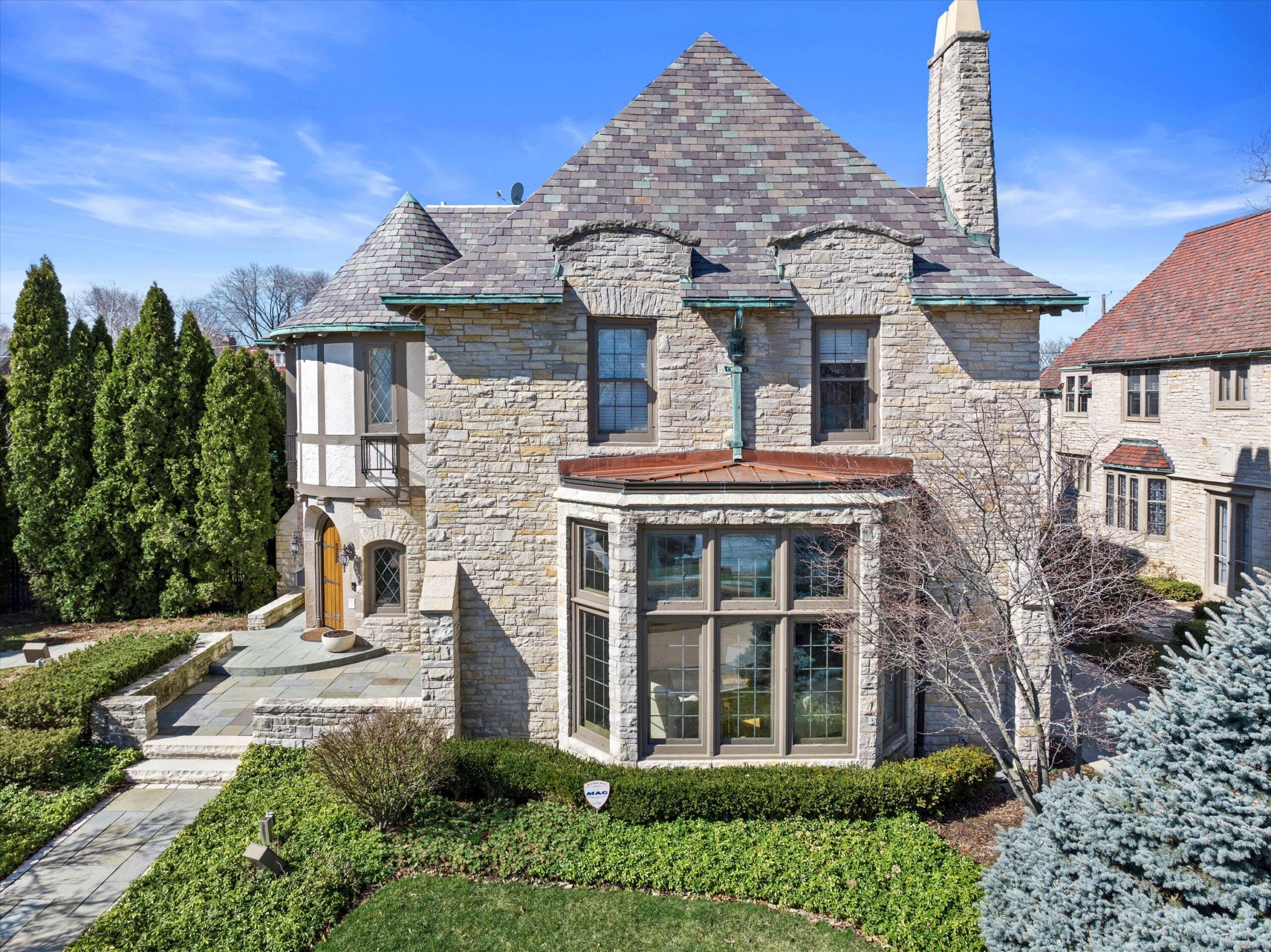If you’re the owner of an old home you might be curious to find out more about your house’s history. We talk with an expert from the Wisconsin Historical Society about researching the history of a house. We also welcome our director, Mike Crane, on the show to answer your questions, and take a look at a top news story.
Featured in this Show
-
How To Uncover Your Home's History
Stoughton, Wisconsin is known for its Norwegian heritage.
And sure enough, when Joe DeRose researched the history of a home he had once owned in the city, he found it had originally been built by Norwegian immigrants.
“It was very poignant in the fact that they were living the American dream. Ole and Helen,” DeRose says. “They were in their 50s when they built their first home in the United States, and we were like caretakers of their prize.”
DeRose has been the Wisconsin Historical Society’s survey historian for more than 25 years.
He says when people want to look into the history of their home, they often hope to find an elaborate story or learn that it had once housed someone famous. That sometimes happens. But he says even the most mundane homes have stories to tell.
“It makes it alive,” he said. “… People came here in the 1890s, it took them 20 years to save the money to build this house, and here it is. It’s nothing fancy, it’s not historically significant. But it’s very personal.”
DeRose shared a few tips for those looking to uncover their own home’s history:
Dig into the archives.
The Wisconsin Historical Society website is home to the Wisconsin Architecture History Inventory, which has information on over 140,000 historic buildings, structures and objects in Wisconsin.
The inventory doesn’t just include the most famous or historically relevant buildings, but also basic, everyday homes. Some have more information listed than others, but most list the year the building was built, the year it was surveyed, the architectural style, and sometimes the architect.
This is a great place to start, DeRose said, because much of the research has been done for you. And since the inventory went live over a decade ago, it’s updated nearly a dozen times each day.
Get the building permit.
You can also get a good start on your research by finding the original building permit for your property.
Milwaukee, Madison, and larger communities in the state started keeping records of building permits in the early part of the 20th century. In smaller communities, permits likely wouldn’t be on record until after World War I, or even World War II, DeRose said. You can contact your city to see if your home’s original building permit is available.
The permit can tell you the original owner of your home, the cost of the home, and the year it was built. It also may give a list of contractors, so you can see what additions were made over the years.
Once you know the original owner of your home, you can even search their name on genealogy websites like ancestry.com and find federal census records for more information about who they are and what they did.
Look at tax records.
If there’s no building permit available, you may have luck looking at tax records for more information.
“Tax records are the best way of finding out when a property was built, because like today, your taxes are based on the value of the property,” DeRose said. “A vacant lot is not going to be as valuable as a building.”
You can find these tax records at one of the Wisconsin Historical Society’s area research centers, mainly headquartered at University of Wisconsin campuses throughout the state.
Since you may not want to look through every year of tax records, maps can help you figure out where to start. For example, the Historical Society website has Sanborn Fire Insurance Maps of many communities that can help you figure out the general time period a building was constructed.
Learn from the architecture.
If you have a rural property, information about the history of your home may be more sparse, DeRose said. Tax records may be harder to deduce from, as well, if your property has a farm attached.
However, you can help narrow your search with an architectural guidebook. DeRose recommends A Field Guide To American Houses, which has photos of architectural styles, and corresponding years they were popular, so you can compare them to your own home.
-
Learning More About the History Of Your Home
Does your house have a story? Have you ever wondered who lived there before you? When it was built? These things can be found out through researching online databases, looking at public records and learning more about architecture. We talk with an expert from Wisconsin Historical Society to find out how to get started.
-
Mondays With Mike: April 2018 Edition
Join us for the April edition of Mondays with Mike! Wisconsin Public Radio Director Mike Crane discusses the launch of a new pilot program called BETA, a new project detailing what’s on the minds of Wisconsin voters, and other WPR programming and operations highlights.
-
Wave Of Teacher Strikes Come To Oklahoma, Kentucky, Arizona
Teachers in three states are striking over pension benefits, higher wages, and more education funding. We spoke with an education reporter who has been covering the stories.
Episode Credits
- Rob Ferrett Host
- Natalie Guyette Producer
- Bill Martens Producer
- Rachael Vasquez Producer
- Joe DeRose Guest
- Mike Crane Guest
- Madeline Will Guest
- Joe DeRose Interviewer
Wisconsin Public Radio, © Copyright 2024, Board of Regents of the University of Wisconsin System and Wisconsin Educational Communications Board.




